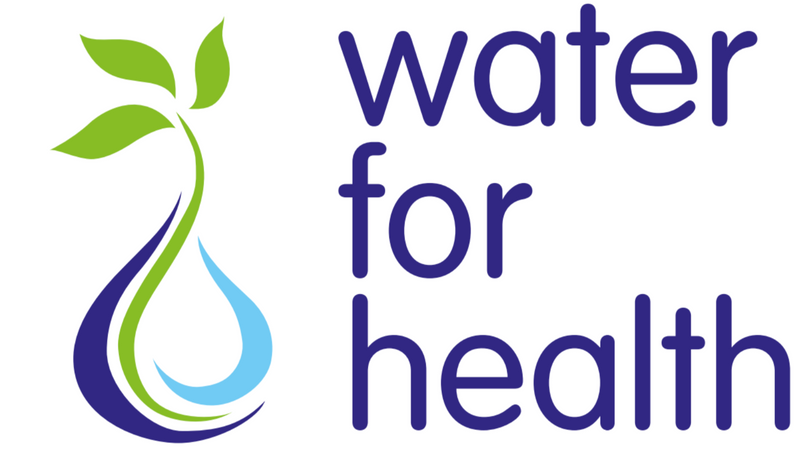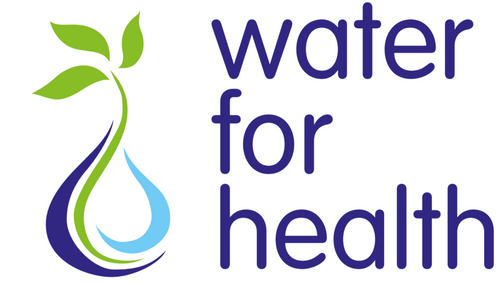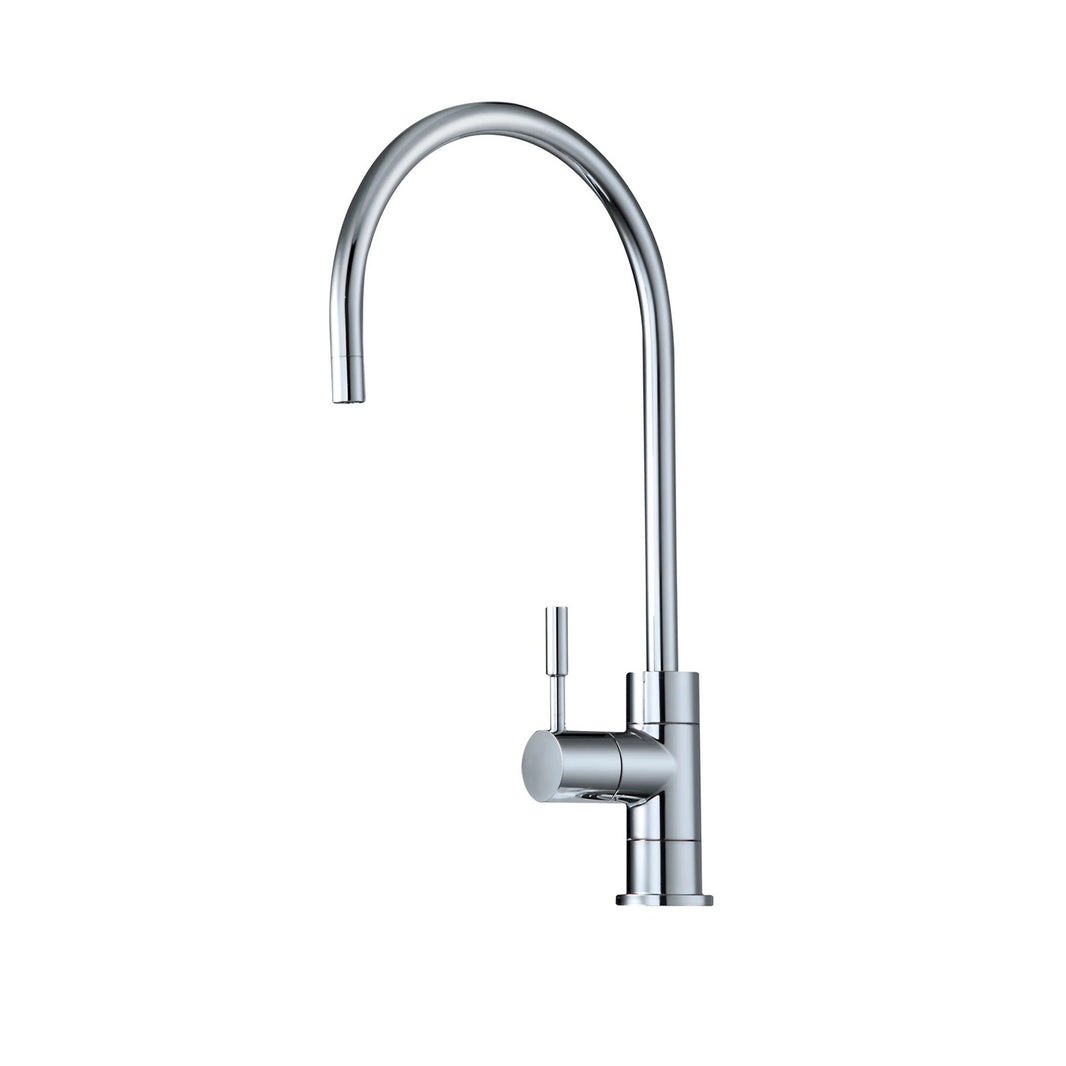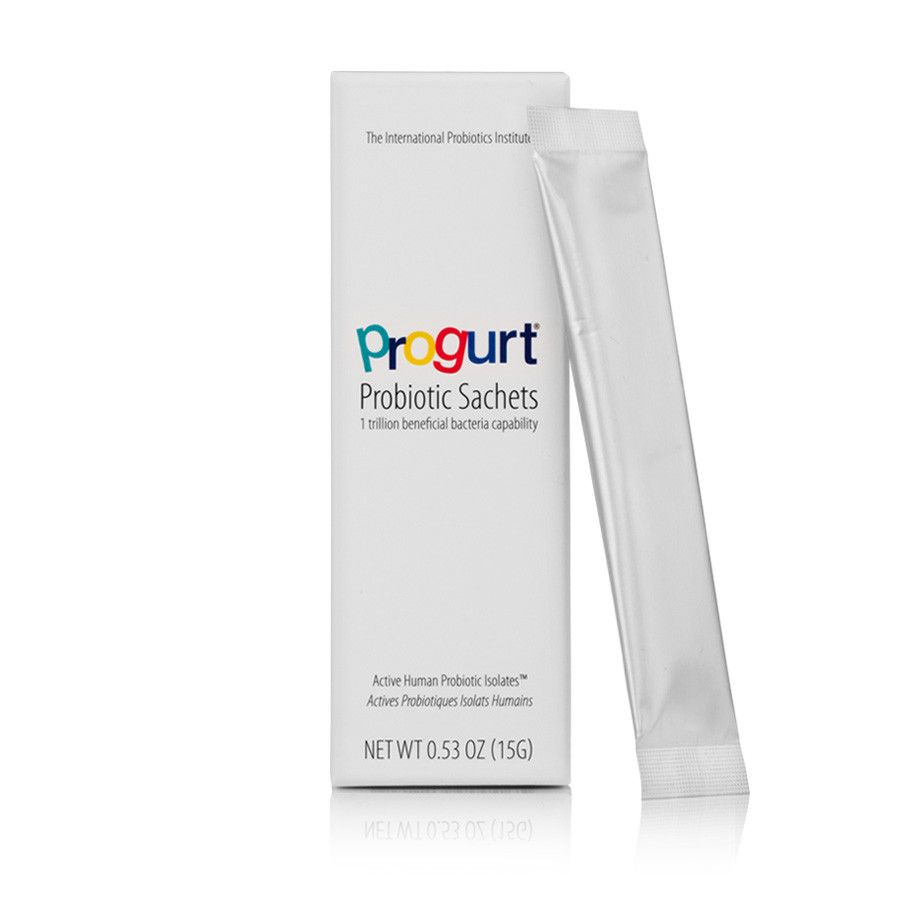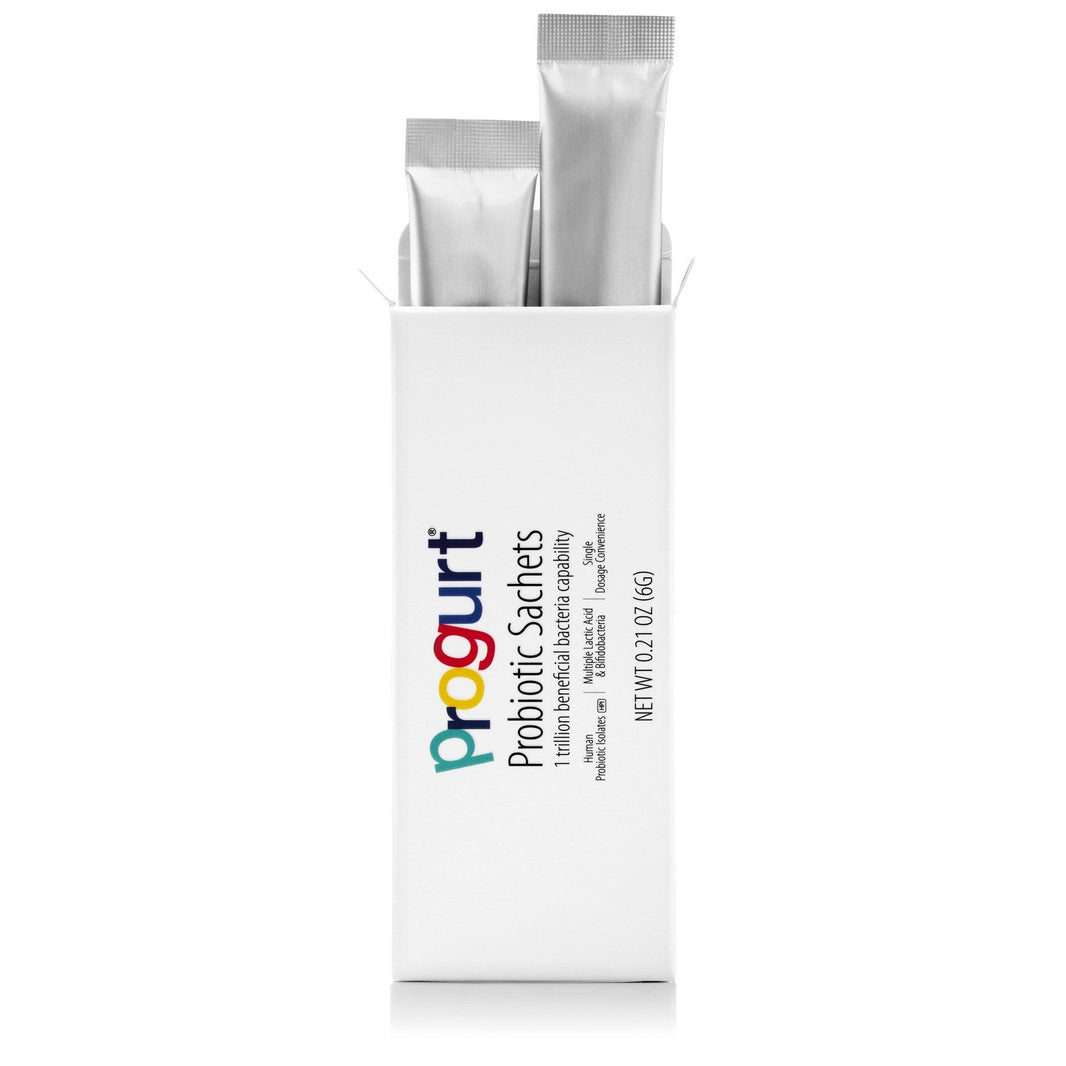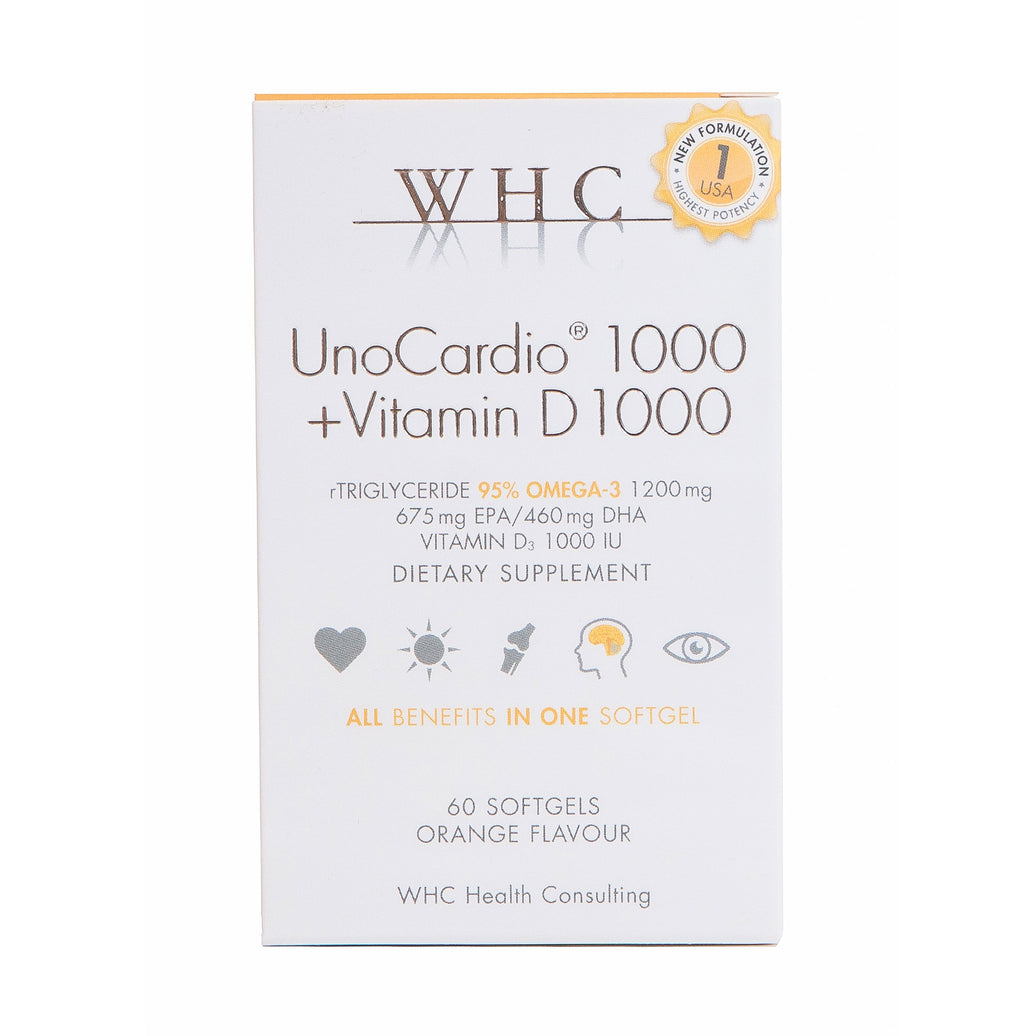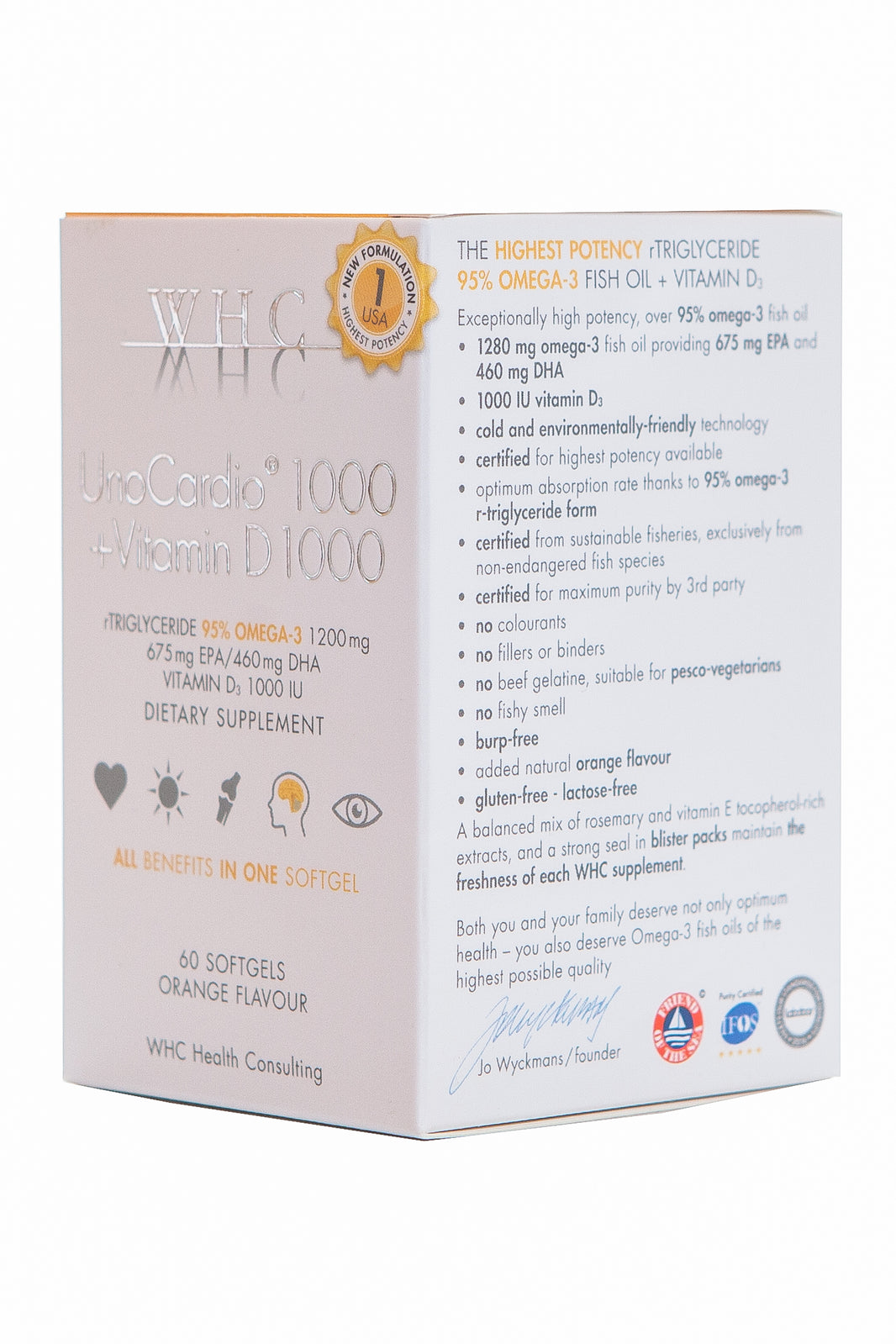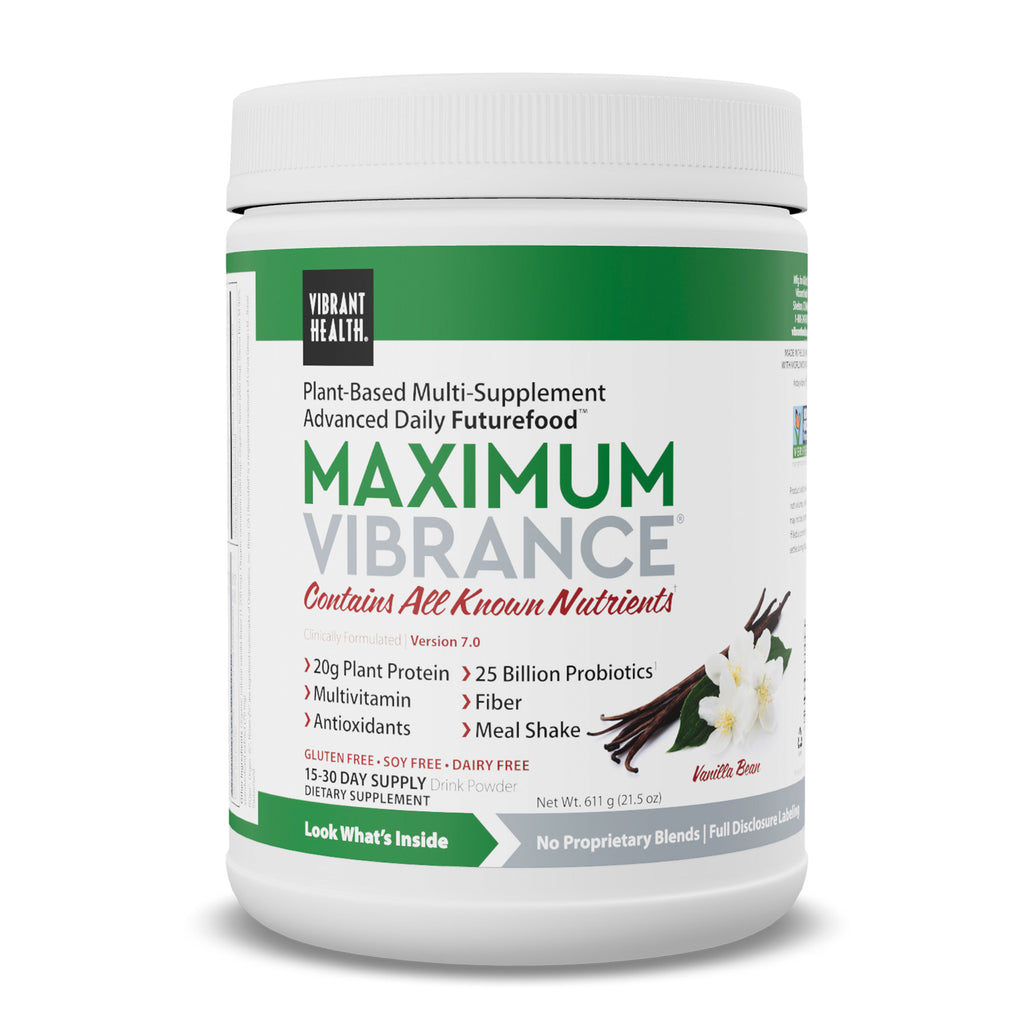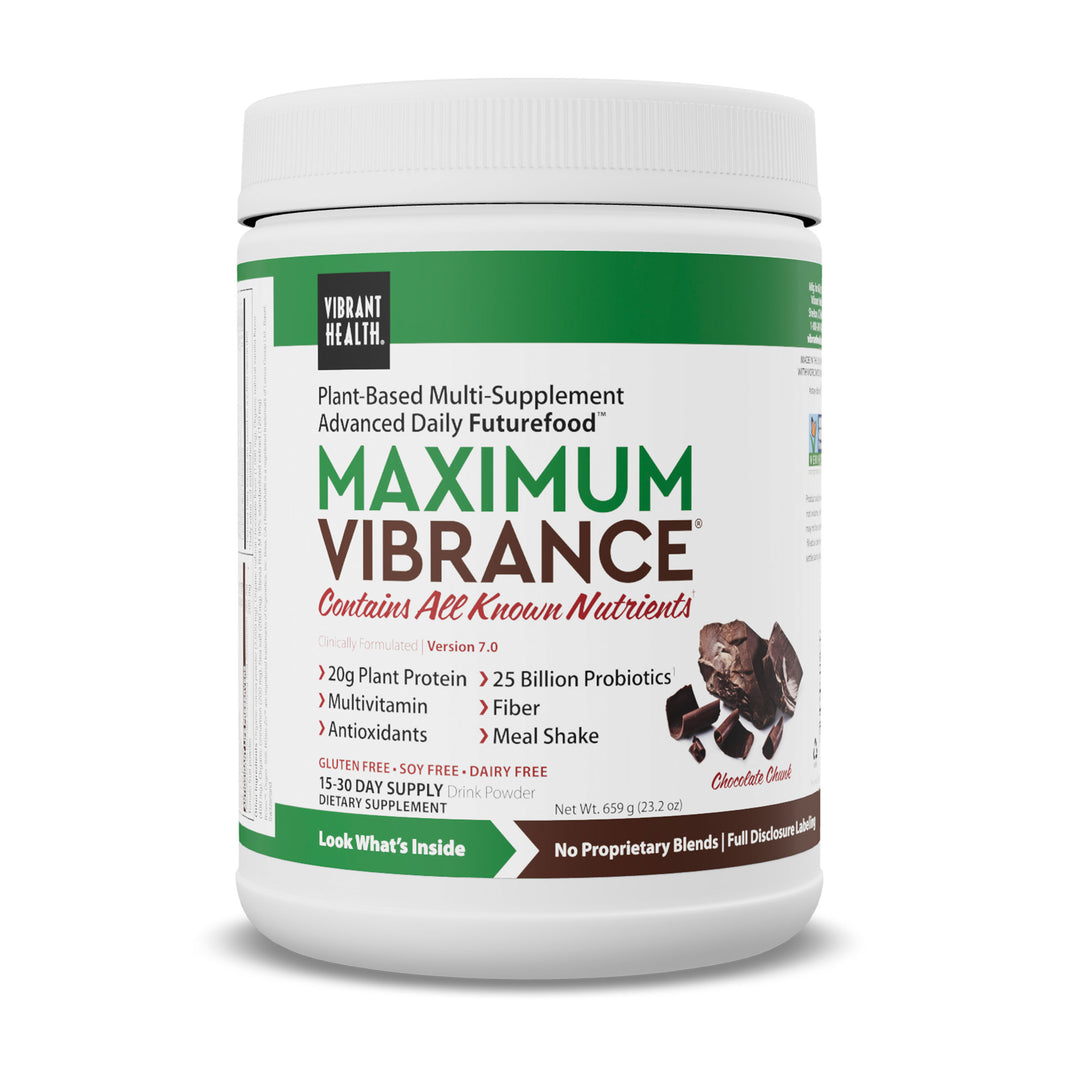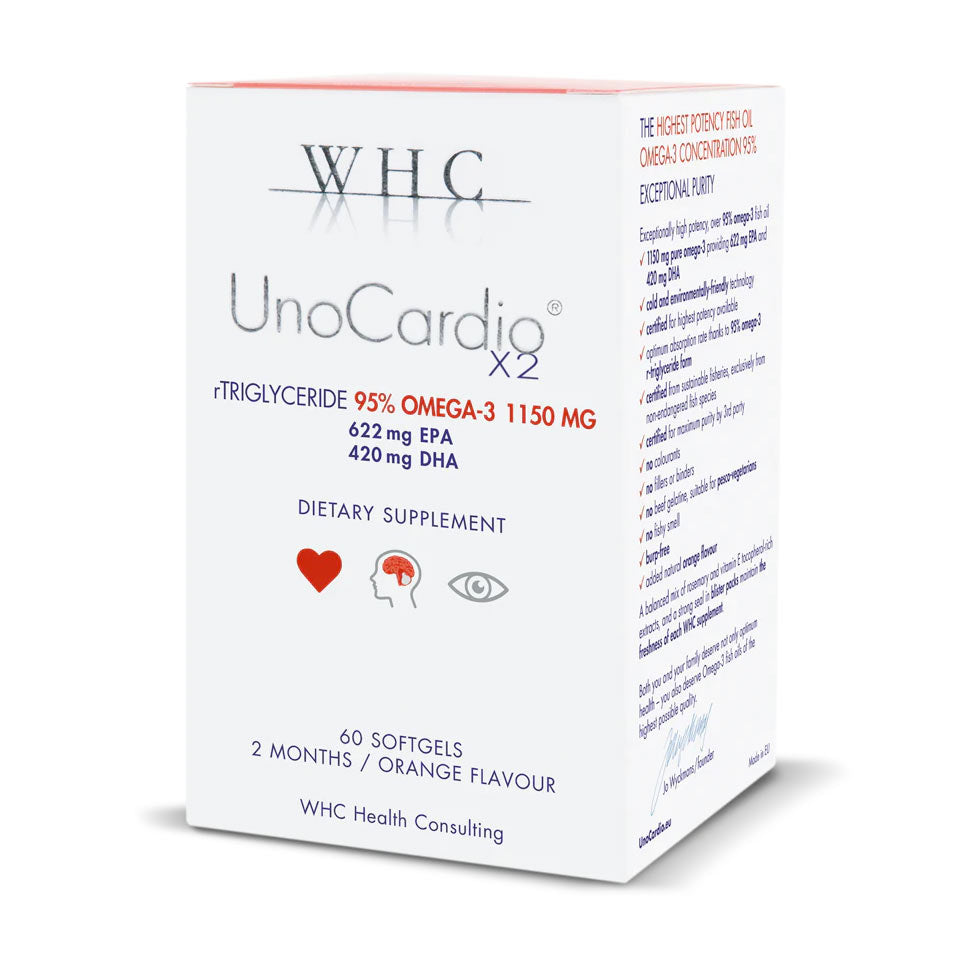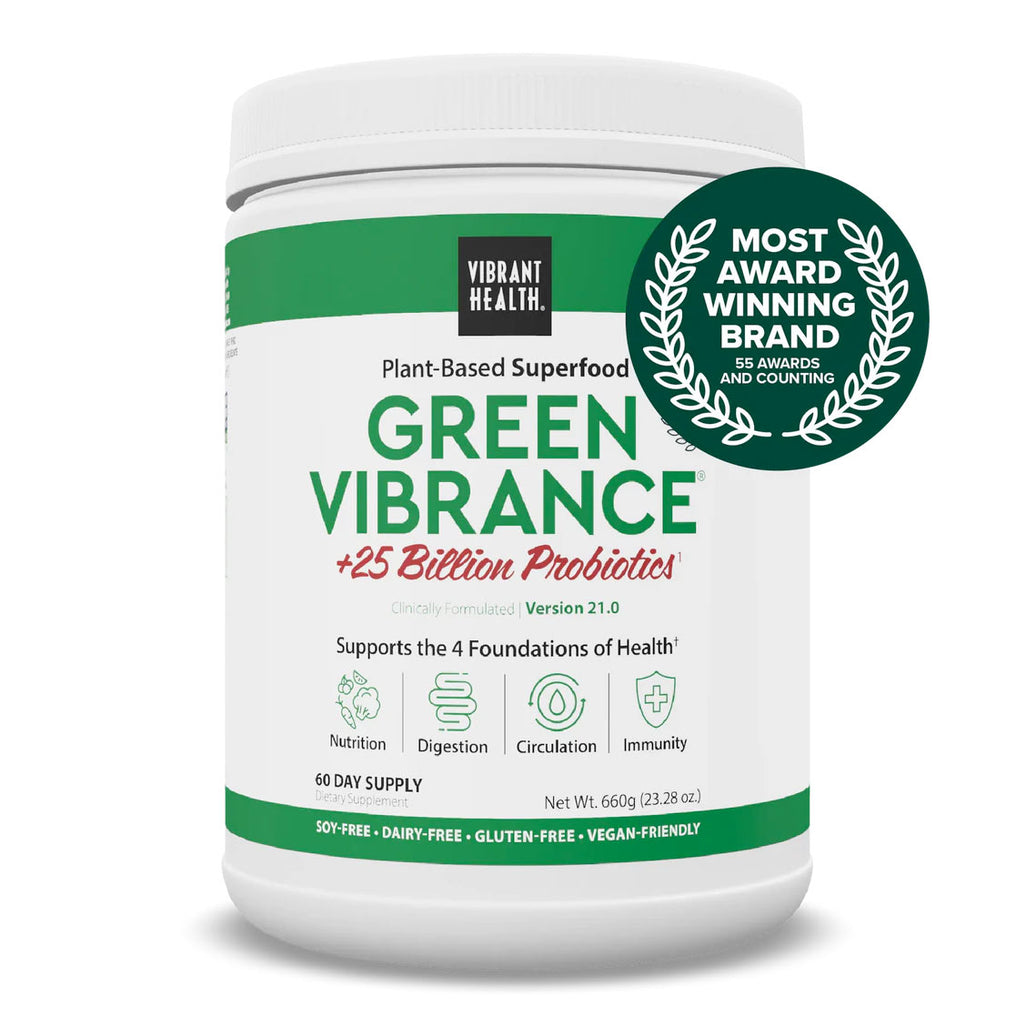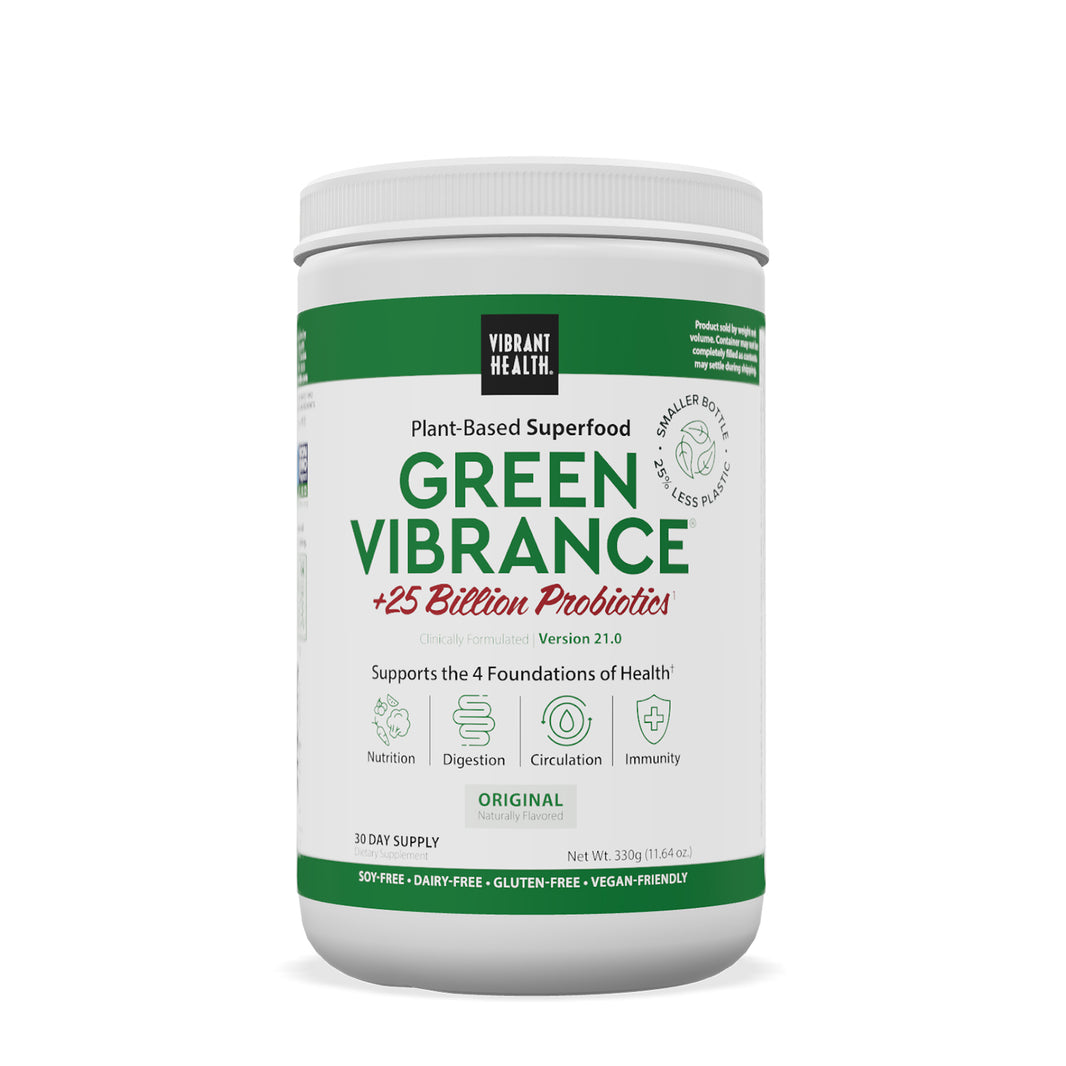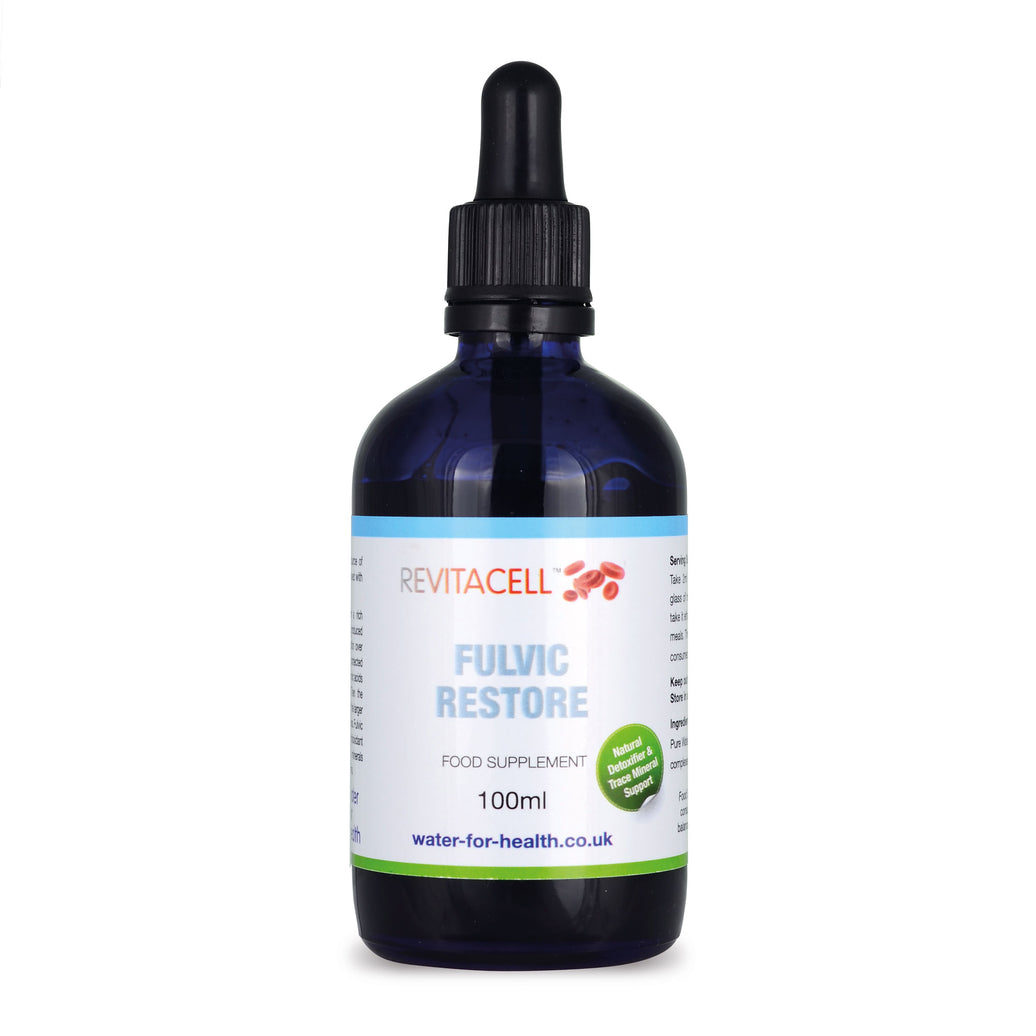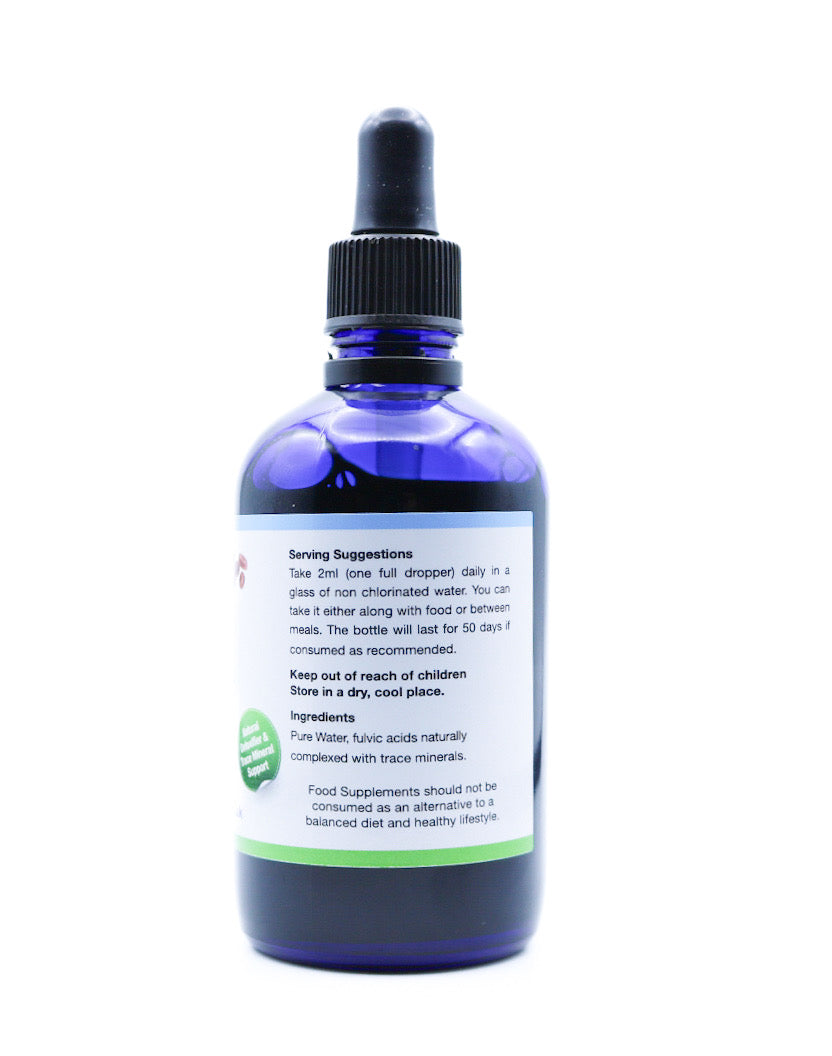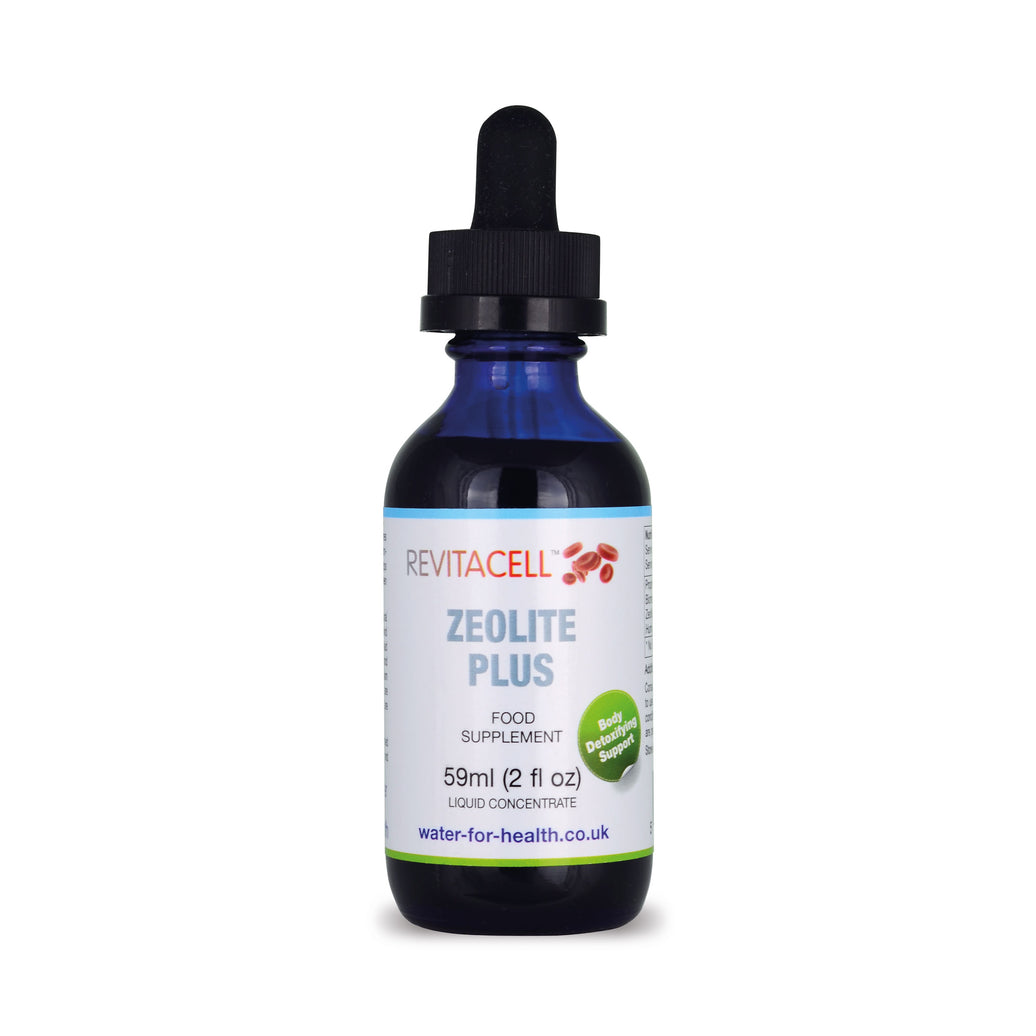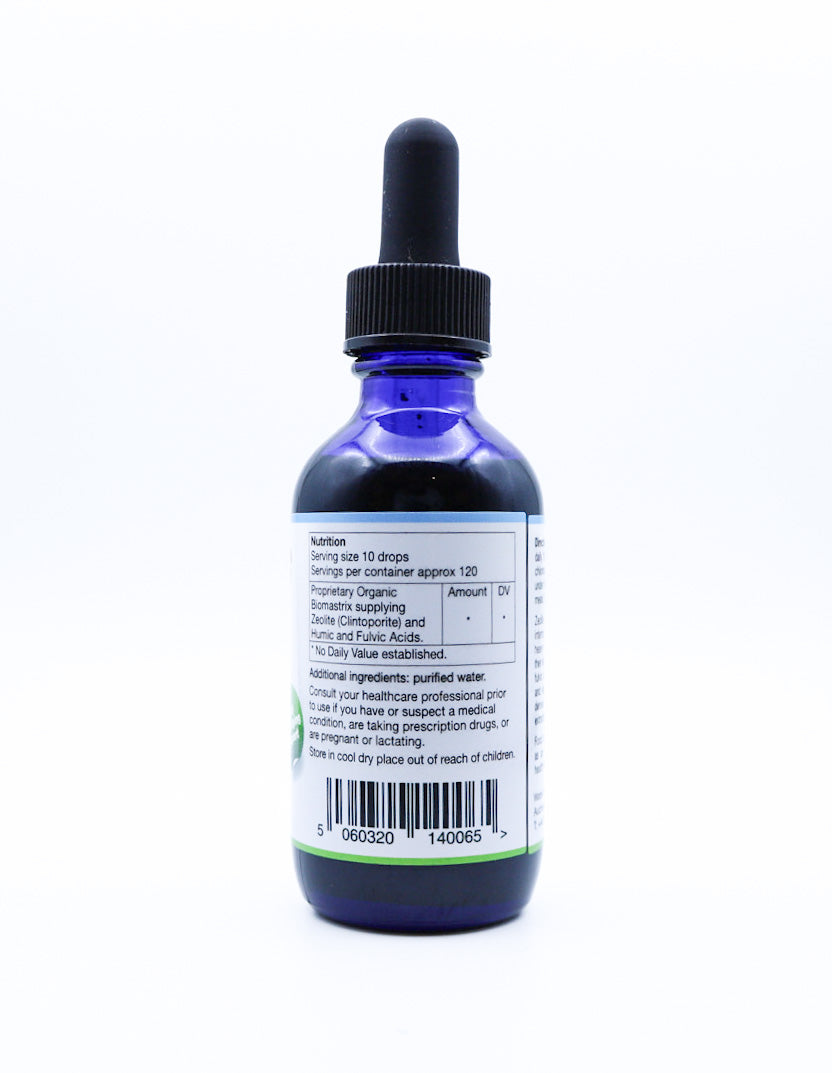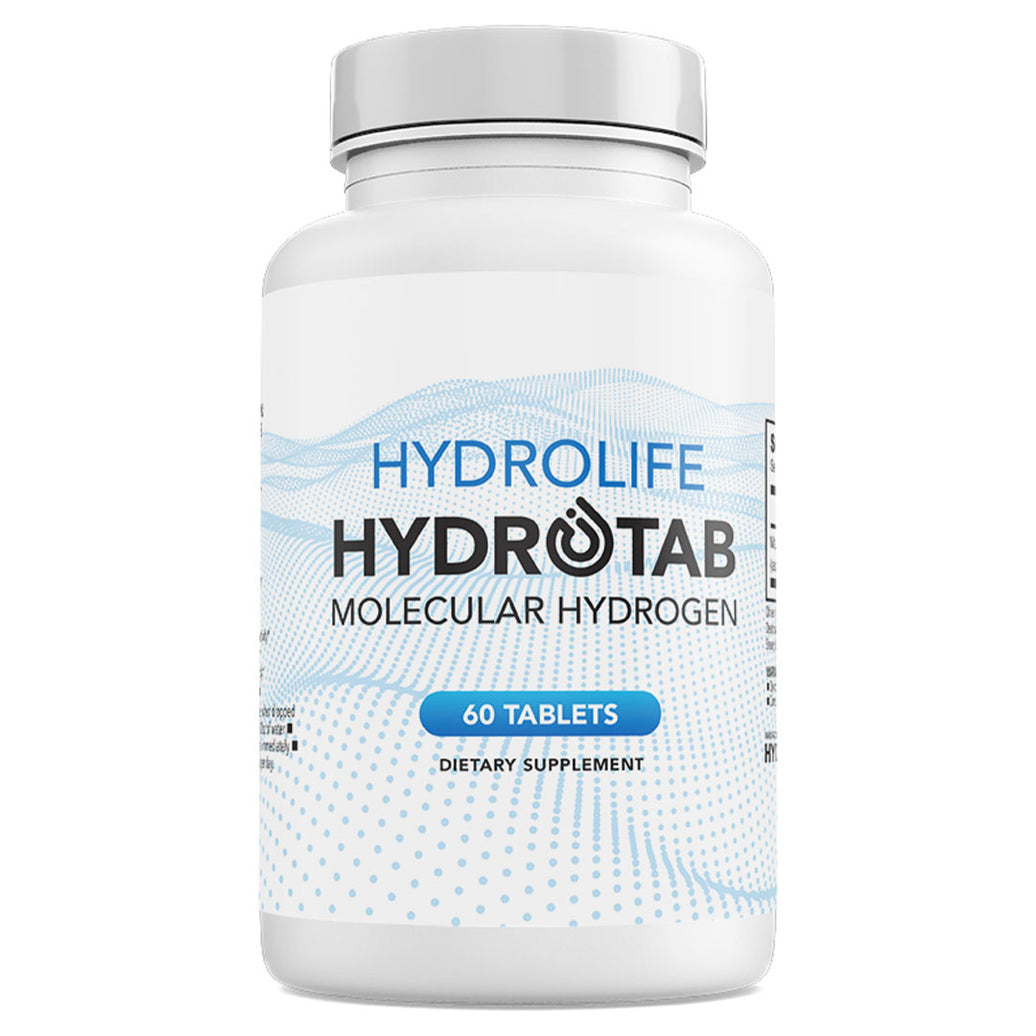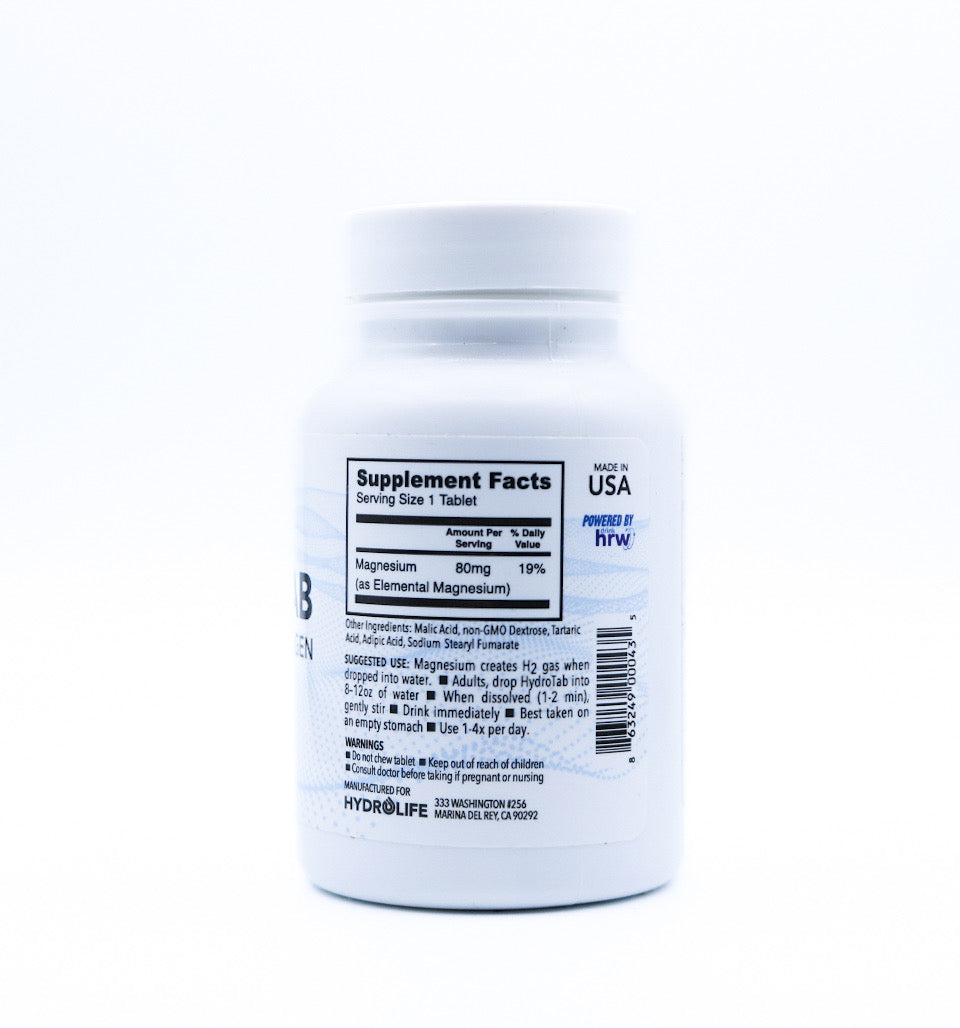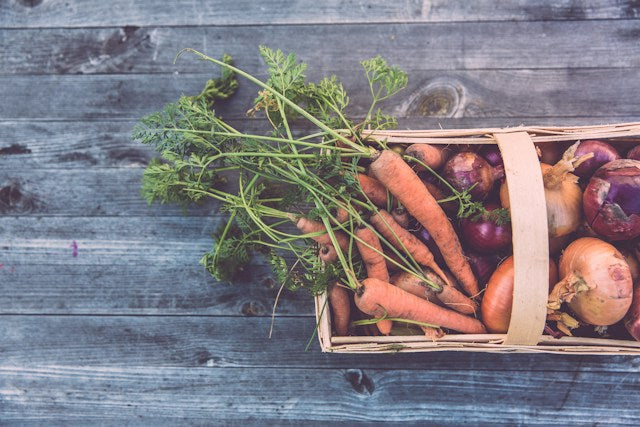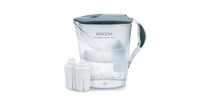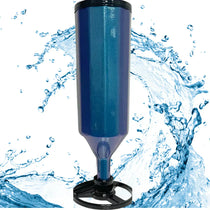The media has been quite scathing of the benefits of the alkaline diet, quoting several medical experts who question its effectiveness or who believe that it is potentially harmful. At best these experts are contradicting themselves, at worst they are simply wrong.
Before launching into the arguments, let's first consider what food the alkaline and an acidic diet contain.
An adherent of the alkaline diet eats vegetables, fruit, most nuts, almost all seeds, most whole grains, beans, lentils, peas, quinoa, fresh herbs, pressed vegetable oils, natural sweeteners like stevia, and alkaline water. They eat pastries made with whole grains and nut milk. Vegetables are liberally included in all recipes, including pancakes and muffins.
A follower of an acidic diet consumes white bread, pastries and cakes made with white refined flour, sugary snacks like chocolate and sweets, salty snacks like crisps and crackers, meat, milk, cream, butter, salty processed deli meat, hydrogenated margarine and vegetable oils, soda, and coffee. Fruit and vegetables are mostly excluded, except when they are cooked in a pile of sugar, are drenched in cream or custard, are enclosed in a refined flour pie, or are sitting between a refined flour pizza base and a heap of processed cheese.
On the surface, it is already peculiar that anyone can find fault with the former diet, as it includes all the food types we are always told are healthy. The latter, on the other hand, seems to include everything health experts tell us to avoid.
Opponents of the alkaline diet have primarily one objection. They argue that the alkaline diet is potentially dangerous because it contains an excessively narrow list of food types. It consequently deprives its followers of essential nutrients. Few of these opponents spell out the objection in detail, precisely because they cannot list nutrients that the alkaline diet supposedly lacks.
Carbohydrates
The alkaline diet contains plenty of carbohydrates for energy. Carrots, courgettes, sweet potatoes, pumpkins, and potatoes are all particularly carbohydrate-rich alkaline vegetables. Apricots, apples, cherries, Mangoes, papaya, peaches, pears, watermelons, and all citrus fruits are good fruit sources of carbohydrates. Grains like amaranth, brown rice, japonica rice, millet, oatmeal, and wild rice have a neutral pH, so they can be eaten in large amounts. Buckwheat, spelt, tapioca, and teff are somewhat acidic, but not so bad that they need to be excluded. Carbohydrates are, thus, easy to find in the alkaline diet.
Protein
The alkaline diet contains plenty of protein. The concern is that alkaline dieters will miss out on proteins because they avoid meat and dairy products. But green beans, peas, almonds, cashew nuts, chestnuts, pumpkin seed, and sesame seeds are all alkaline while black-eyed peas, fava beans, string beans, wax beans, coconuts and pine nuts are all neutral. Almost all the other pulses, nuts, and seeds are only slightly alkaline, so they can be eaten in moderate amounts.
The alkaline diet contains complete proteins. If the objection is that only acidic animal products contain a complete protein, that is simply false. Alkaline dieters can put rice and beans or lentils and beans together for a complete protein, or the miracle quinoa seed has a neutral pH and is a complete protein on its own. Amaranth, buckwheat, chia seed, hemp seed, and spirulina also contain complete proteins and they are all alkaline. In fact, if you have access to unpasteurised milk, which has a neutral pH, you can get a complete protein from that too. The alkaline community still disagree about the alkalinity of soybeans; they are either slightly acidic or slightly alkaline. Still, if you eat them in moderation, you can obtain a complete protein from them too.
Vitamins
Since all experts agree that vitamins are primarily contained in fruit and vegetables, none of them will surely argue that the alkaline diet lacks them.
Fibre
The alkaline diet contains tons of fibre. All fibre-rich green vegetables are alkaline. In fact, it is an acidic diet with all its sugar and refined carbohydrates that is desperately short of fibre (and nutrients for that matter!).
Omega 3
The alkaline diet contains Omega 3 oil. The concern is that, if you choose to exclude fish from your diet (which you do not have to when adhering to an alkaline diet as it could make up the 20% acid/neutral foods you consume), you will consume too little Omega 3 oil which the body converts into DHA and EPA, two essential fatty acids. The concern is compounded by the fact that omega 6, which is contained in most of the alkaline nuts, inhibits the conversion of Omega 3 into DHA and EPA. No problem, simply eat chia, flax, and hemp seeds, winter squash, Broccoli, Brussels sprouts, cauliflower, collards, kale, and spinach. They all contain more omega 3 than omega 6 and it is certainly much easier to sprinkle some seeds into a cereal and pastry than it is to grill or fry a fish. Olive oil and avocado oil are also higher in omega 3 than 6. An over-abundance of omega 6 relative to omega 3 is thus not a problem.
The Alkaline Diet Lacks No Essential Nutrients
We can definitely conclude that the alkaline diet lacks no essential nutrients. The experts who warn against it are, thus, simply wrong. Moreover, a brief look at the food recommended by most health experts will reveal that they are almost all permitted or encouraged on an alkaline diet. Fruit, vegetables, nuts, seeds, pulses, and a moderate amount of whole grains are recommended by almost all health agencies, and with some small exceptions, that is what the alkaline diet involves.
Switching to an alkaline diet is not as difficult as you may think either. Many people complain that they do not like raw leaves. That is no problem, since the alkaline diet does not necessarily promote them. As a diet, it actually excludes almost none of the dishes you currently enjoy, it just changes their ingredients.
So, to easily change your diet to be an alkalising one, consider the following easy changes to bring some great benefits to health:
Obtain an acid-alkaline food chart. Some fruit, nuts, pulses, and whole grains are quite acidic, so you cannot just assume that they are all permitted.
Once you have a food chart, plan a daily intake of approximately 80 per cent from the alkaline and neutral lists and 20 per cent from the moderately acidic list. Leave the extremely acidic foods alone.
Almond milk is a great alkaline milk replacement. You can buy it or make it at home. Soak two cups of raw almonds in water overnight. Place the almonds in a blender or food processor with four-and-a-half cups of water. You can also add some stevia and vanilla for taste and sweetness. Blend these together, strain through a cloth, stir in another two cups of water, and you're done. Shake it before use, as it separates while in the fridge. Cartoned coconut milk is even better to drink or eat over cereals, but can become pricey as a regular habit.
Obtain a bread, pie crust, and pizza dough recipe that uses baking powder instead of yeast and that is made primarily with millet, brown rice flour or quinoa flour. All three of these have a neutral pH, handle quite similarly to bleached flour in recipes, and are gluten-free to boot. Almond meal is also alkaline and works well in recipes that call for a moist flour.
Obtain a vegetable broth recipe that you can use in soups and as a sauce in stews and brown pastas. It is easy to make because it requires no more than vegetables, herbs, and water. It will free you of all the powdered sauces that you currently buy that contain lots of potentially unhealthy preservatives and acidic vegetables.
Make your breakfast cereal with amaranth, millet or oatmeal.
Use olive oil or coconut oil instead of margarine. Coconut oil is firm while refrigerated, which makes it a good spread as well as base for a no-bake refrigerated dessert. Even better, blend cooked beans with a homemade herb sauce for a high-protein bread spread.
Use flaxseed meal instead of eggs in recipes that call for eggs. Mix one spoon of flax seed meal with one spoon of water for each egg. Let it settle for a few minutes before adding it to a recipe.
As sweeteners, first use less processed types like fruit and dried fruit. Then move to stevia, rice syrup, and maple syrup. These are all alkaline.
For salad dressings, use almost any organic vegetable oil but make sure the label specifies that it was extracted by being pressed or rolled. Avoid it if the label includes the word "hydrogenated" or a description like "thermally extracted". When it comes to cooking, frying and baking use organic coconut oil.
- Remember to add vegetables to absolutely everything. They are the stars of the alkaline show.
When switching to the alkaline diet, you will not have to eat raw food completely, abandon your favourite dishes or give up animal protein. Just replace the majority of acidic ingredients with alkaline ones, and keep acidic foods to a minimum, ideally 20% of your daily diet, and you are well on your way.
Try it and see how great you feel, who knows you may never want to switch back!
If you are looking to start your alkaline diet you have come to the right place. We have lots of Water Products specially designed to ensure your pH is at its optimum level of 7.4. We highly recommend the Biocera Alkaline Jug Filter which conveniently supplies alkaline water right in your home. We also stock the Energy Plus which allows you to obtain alkaline water 'on tap' by installing the filter just underneath your kitchen sink to your main water supply.
